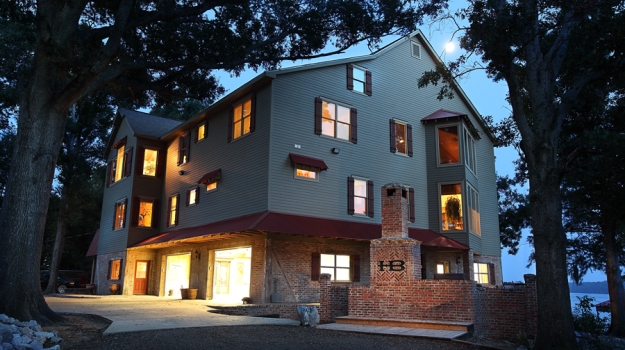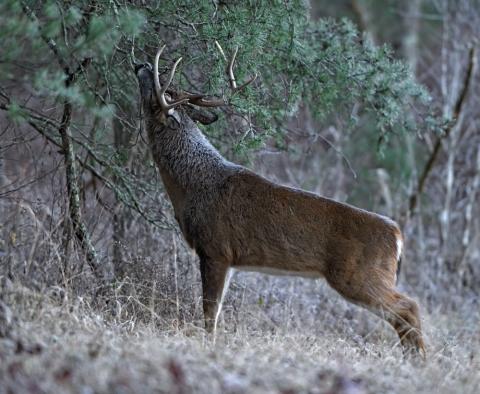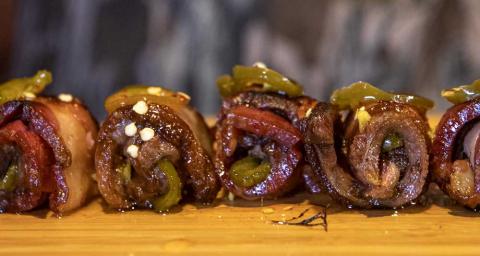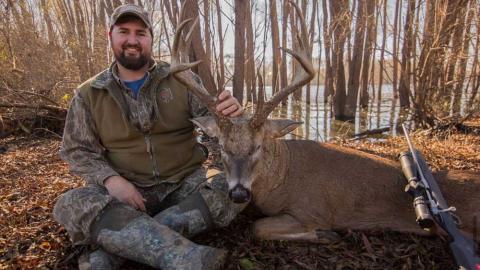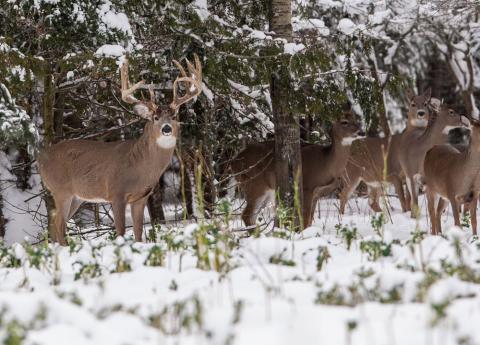By Barry W. Smith and Don Keller
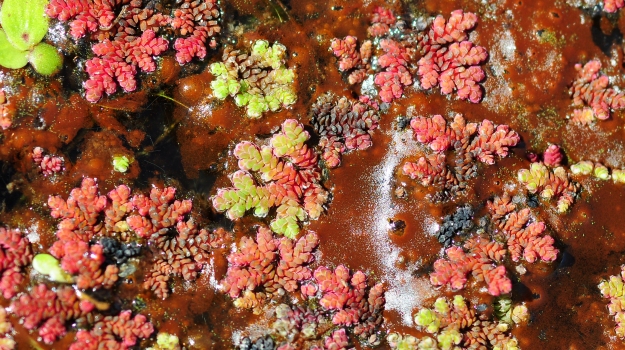
Mosquito fern (Azolla species) is a small floating plant, similar in many ways to duckweed. It is actually one of seven species of aquatic ferns that have small leaves that do not resemble leaves of terrestrial ferns. The leaves have a series of tiny scales which make the leaves float. Small roots dangle below the leaves and absorb nutrients from the water. Newly formed leaves are often green, but as they mature they turn a reddish maroon color.
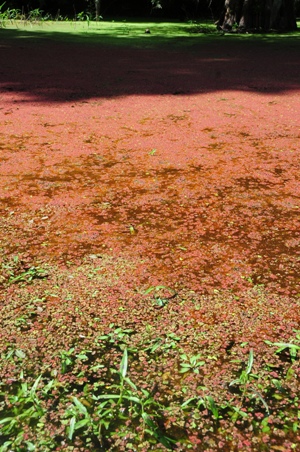 Mosquito fern gets its name from its ability to quickly cover the surface of small bodies of water, preventing mosquito larvae from penetrating the surface and breathing air. The larvae of mosquitoes and other air-breathing insects soon suffocate.
Mosquito fern gets its name from its ability to quickly cover the surface of small bodies of water, preventing mosquito larvae from penetrating the surface and breathing air. The larvae of mosquitoes and other air-breathing insects soon suffocate.
Mosquito fern is a unique aquatic plan in that it establishes a symbiotic relationship with a nitrogen fixing bacteria that takes nitrogen from the atmosphere and converts it to a form the plant can use as food. This enables the plan to grow at a very rapid rate, doubling its biomass every two to three days.
This plant has been used for more than 1,000 years in China and Southeast Asia in conjunction with rice crops to enhance the yield, reduce weed growth and control mosquitoes in the rice paddies. It is a valued “super plant” in those areas. The plant is rich in nitrogen and vitamins and is used as a food supplement for domestic farm animals.
Mosquito fern is not often a problem in ponds, but it can become a problem in some wind-sheltered areas. If you see a small, red, floating plant on your pond, you will know what it is. It can be controlled by contact herbicides containing Diquat or other herbicides that are absorbed from the water. Check with your biologist or a certified aquatic applicator for treatment options.














